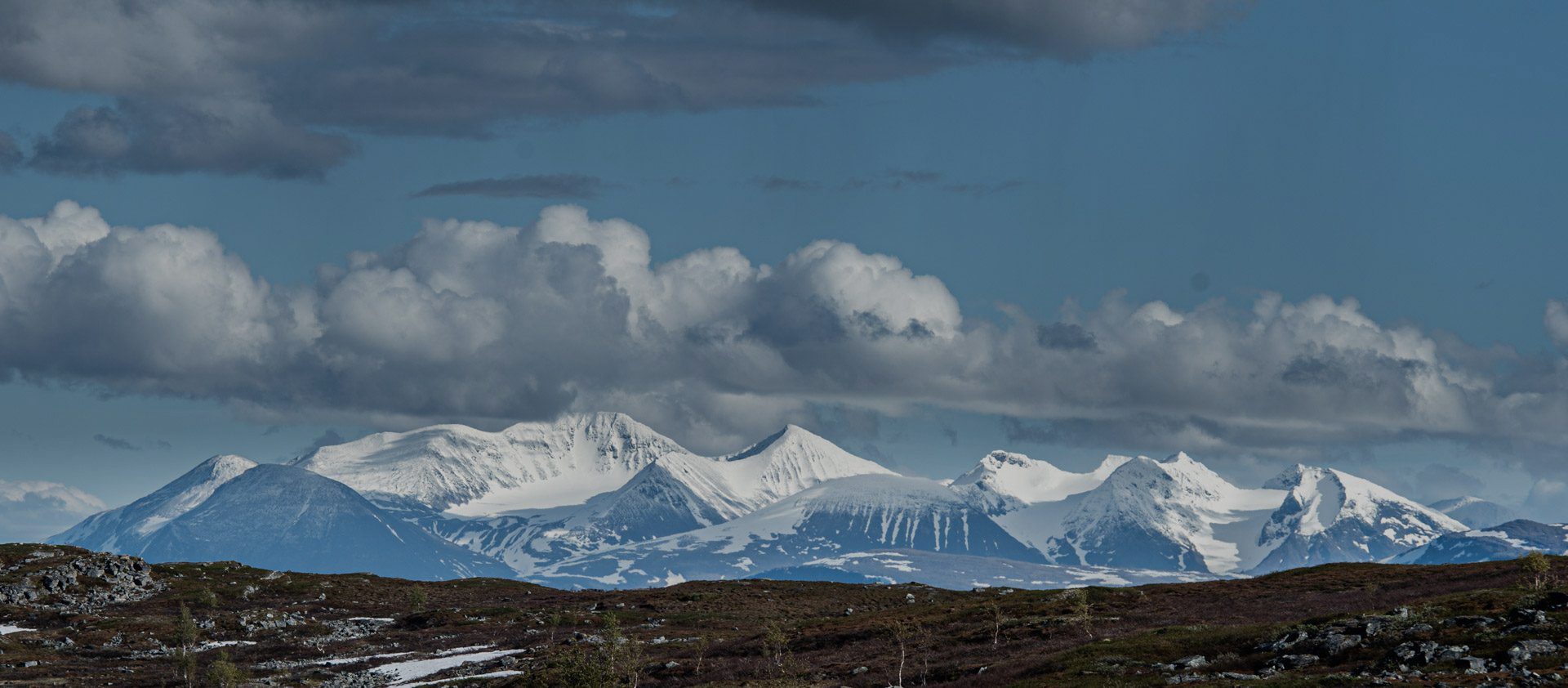
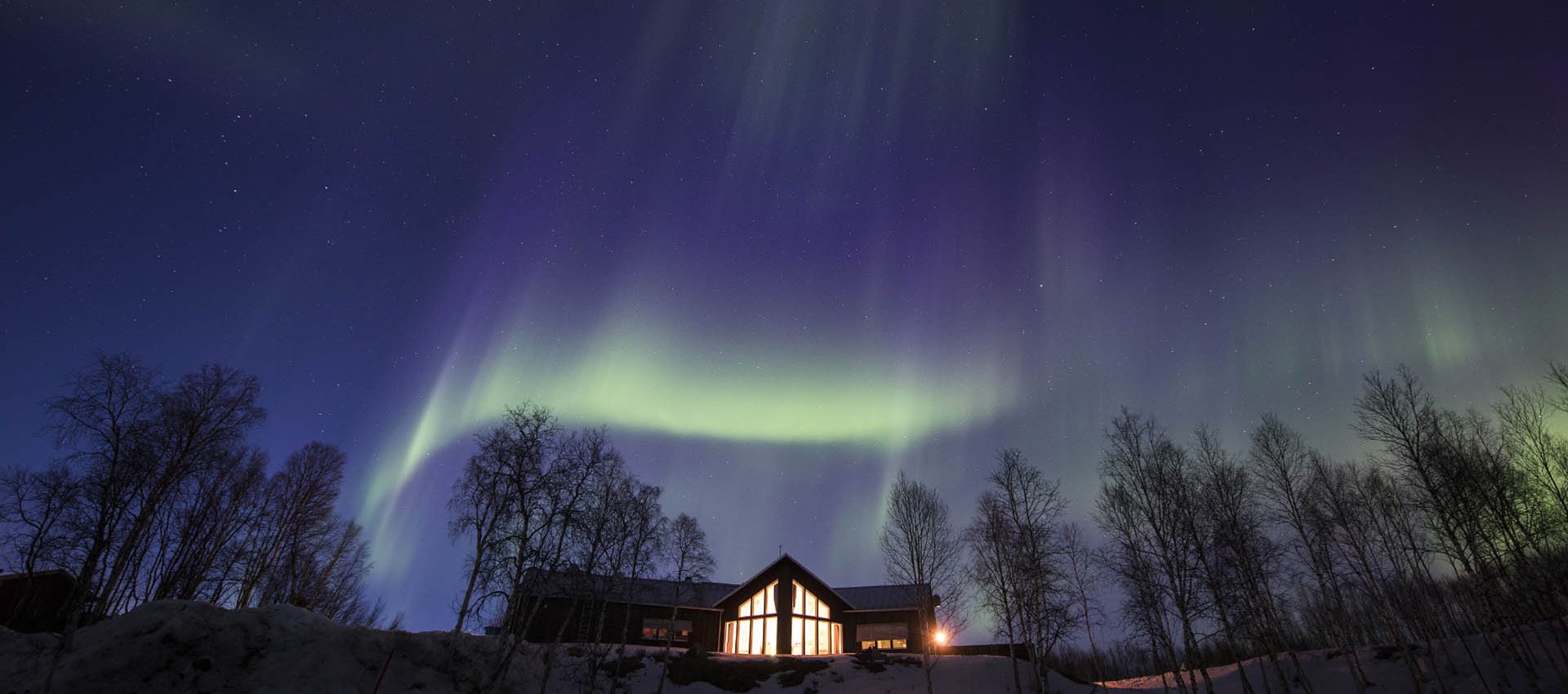
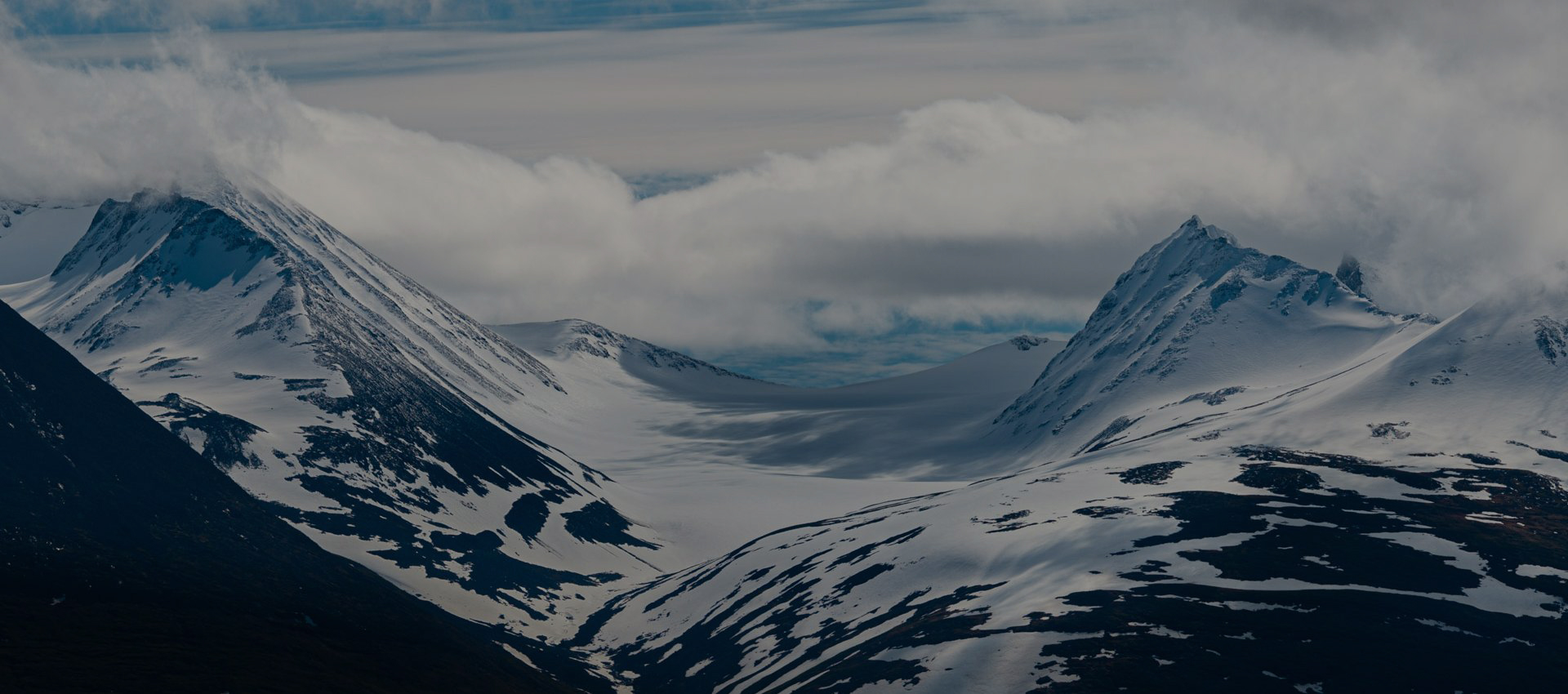
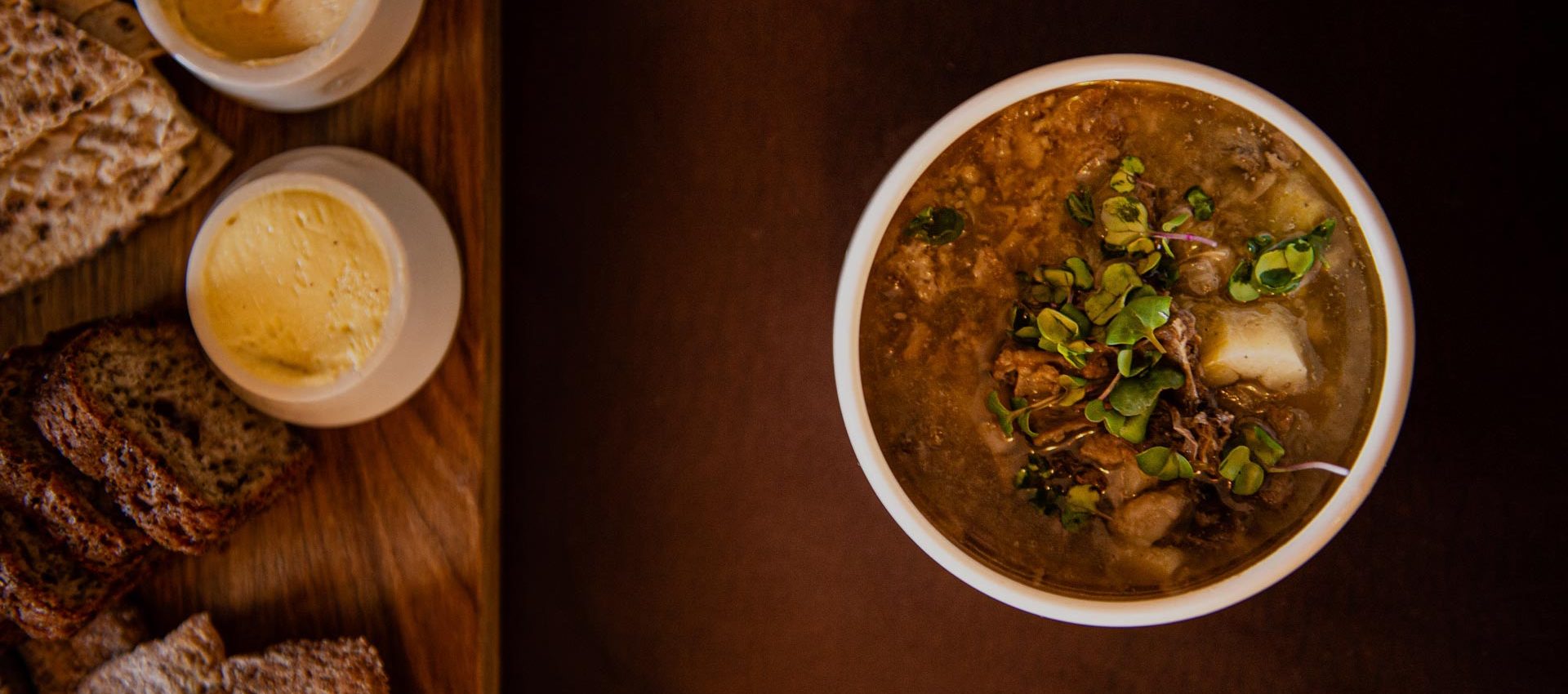
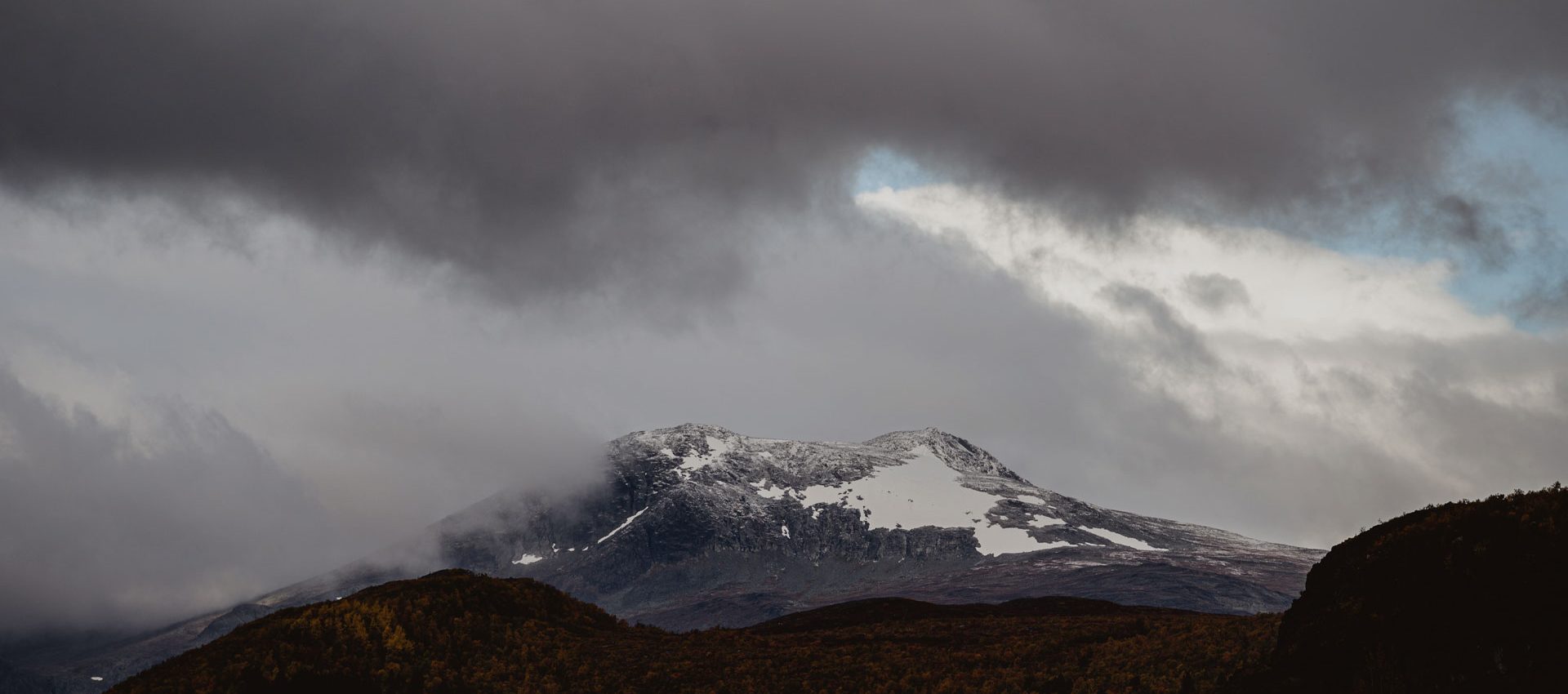
We define the destination Swedish Lapland in a hundred ways or more. For the mountains, forests and wetlands, and for the major rivers flowing continuously to the sea and the archipelago. For the people who live here and for the broad, untouched expanses of untamed nature. For art, music and literature. For a cultural landscape and for wildlife.
Naturally, our everyday arctic lifestyle also defines us as people. The seasons, distances, and climate have dictated a special way of life and a life in which nature is a major aspect, almost like a religion. Of course, for many, the geographic boundaries of Lapland, drawn by rulers many hundreds of years ago, are more important than the actual soul of the place. But what we are trying to define is an arctic soul. But what is that?
Indigenous people lived here long before a Swedish king moved the boundaries for his domain farther north. The king’s men called these people Lapps, but they called themselves the Sámi and their homeland Sápmi. Sápmi is a borderless land that stretches across the entire Nordkalotten region, from northernmost Norway, over northern Sweden, into northern Finland, all the way to the Kola Peninsula in Russia.
Today we also refer to this region as Arctic Europe. It is a part of the world that has become increasingly interesting for major political powers, foreign investors and oligarchs. Naturally, this destination, Swedish Lapland, is a vital part of the global fabric, but it has been shaped since time immemorial in a multicultural melting pot. Via our neighbours to the east and west – Finnish Lapland and northern Norway – we are the only part of Sweden to share national boundaries with two countries. And, somewhere at this intersection, there is something that we wish to define as a unique lifestyle.
Amid the clatter of reindeer hooves, fiery sermons, and weathered log cabins, something very exciting have emerged. It is an everyday arctic lifestyle deeply rooted in nature that we wish to share. We live our lives under the northern lights and the midnight sun, amid the hail and black flies, wet snow and intense sunlight. We dry our meat in the spring, smoke our fish in the summer and boil our coffee over an open fire all year round. And we put ‘coffee cheese’ in our boiled coffee because we love the taste and the squeaky sound it makes between our teeth.
For us, Swedish Lapland is not really a place, but rather a way of life. And you are welcome to share it with us.